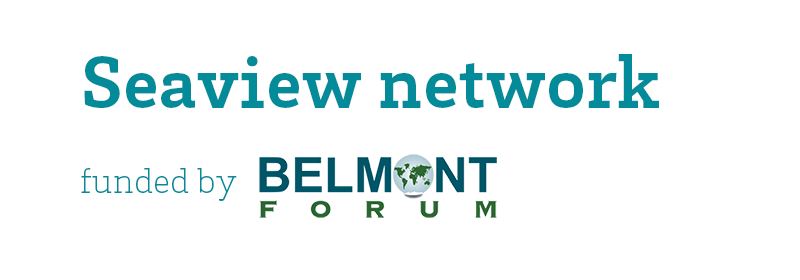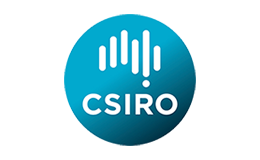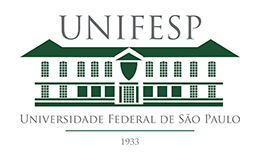Scilab Code
Numerical implementations of the model

Using the scilab code below and the Excell datasheet Data_Guiana.xls, plot the historical catches 2006-2010 of the four fleets.
Plot and compare on the same figure the estimated catches 2006-2010 of the four fleets.
Plot the biomass of the 14 species over the period 2006-2050 for the total closure scenario. What do you note regarding species viability ? What are the name of species at stake ?
Using the functions Richness _index(B) and Trophic _index(B) below , plot both the species richness and the trophic index of the ecosystem over the period 2006-2050 for the total closure scenario. Use subplot function.Compute and plot also the Simpson index 4 by creating a function Simpson _index(B) and using subplot.
Plot the biomass of the different 14 species over the period 2006-2050 for the status quo (2009) scenario. Regarding biodiversity scores, plot also the trophic index and species richness
Using following scilab code relying on function profit(B,e), plot the four fleets’ rents. Use the unit variable costs, fixed costs, crew share earnings and prices as below.
Plot the global catch (proxy of food supply) by defining a function supply(B,e) as suggested below (Hint: use catch function Catch(B,e) as in profit function together with the function sum). Plot in red (color 5) the demand defined by H(2009)(1 + d)t where d ≈ 3.5 12 % stands for the monthly growth rate of the population. What do you observe for the SQ scenario in terms of food security ?
Implement the CVA strategy as suggested below. Compare through biodiversity scores (species richness, trophic index) and economic or productive scores with your own strategy as well as status quo strategy. Use colors green (3) for CL, black (1) for SQ, and blue (2) for CVA scenarios. What are the main changes underlying the CVA strategy in terms of fishing effort ?










